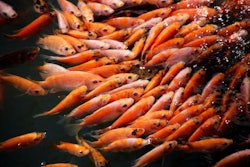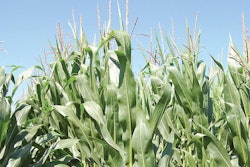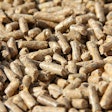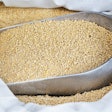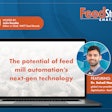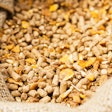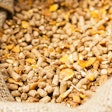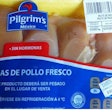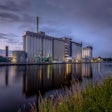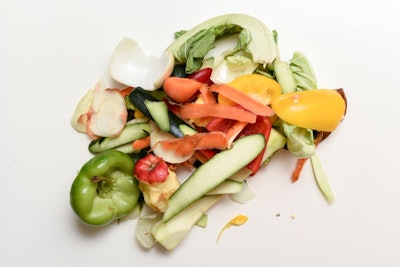
Connecticut-based company builds high-tech facility to turn commercial food waste into meal for animal feed.
Food waste is truly the animal feed of the future at Connecticut-based startup Bright Feeds.
The two-year-old company has built a high-tech processing facility that uses a series of sensors and computer algorithms to turn various combinations of commercial food processing waste into a uniform meal for inclusion in animal feed. And this isn’t just a feel-good, environmentally friendly feed ingredient. According to Bright Feeds co-founder and CEO Jonathon Fife, the company’s first batch of customers have so far found the waste-based meal runs on the order of 20% cheaper than conventional feed ingredients like corn and soybeans.
The company opened its state-of-the-art, 450-ton processing facility about seven months ago and started with a single customer, Fife said. Since then, the company has rapidly acquired additional customers as word of their product — and their ability to use computer algorithms to tailor the waste meal to specific nutritional profiles — has spread.
“We have sensors that measure protein, fiber, fat, ash, carbohydrates. … We record all the data from those sensors as food moves through our plant and we have algorithms to blend and mix the food waste to create a consistent feed,” Fife said. “We have had several different feed mills request more or less of a certain nutritional factor, so we have been able to accommodate that using our technology.”
Bright Feeds began like many similar startups: Fife, who previously worked at an investment firm in New York City, took an interest alongside some colleagues in solving the problem of food waste. They had heard about other companies that wanted to turn food waste into animal feed, but most of these companies had struggled to create a consistent feed product from food waste, Fife said. In many cases, they had tried to solve the consistency problem by restricting the incoming waste streams, but this largely wasn’t effective.
Bright Feeds came at the problem from a different perspective. Instead of trying to control the nutritional profile of the feed by controlling the waste stream, they would assemble a team of top engineers to design a plant capable of blending diverse waste streams into a consistent meal product.
This isn’t to say there’s not room in the market for other waste-to-feed solutions such as insect rearing or fermentation, Fife said. Food waste remains a major global problem, and in spite of multiple efforts to curb food waste, the majority of it still ends up in a landfill. And as more successful startups enter the playing field, Fife said, they’ll help to grow the supply chain infrastructure needed to help the industry achieve scale.
And Bright Feeds is looking to expand. Based on the number of customers in its pipeline, Fife said, the company is already looking for locations to build a second processing plant. Location is a critical factor — they need to be located near sources of commercial food waste and potential feed mills that can buy the waste-based meal. The northeast United States is particularly attractive, he said, on account of government policies in that region that promote upcycling food waste. But long term, he said, the company hopes to see a food waste to animal feed processing plant in every state in the nation.
“We think these should be in every state, so that’s the goal — to have the technology and the personnel that can scale in areas where there is a real need,” Fife said.

